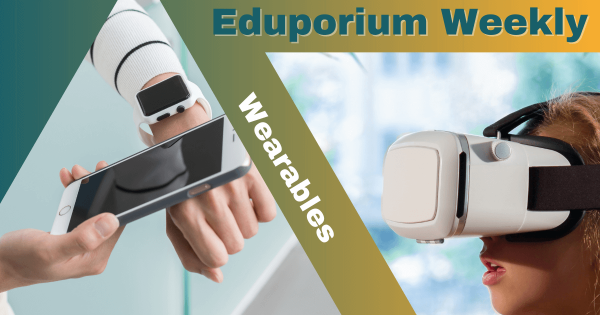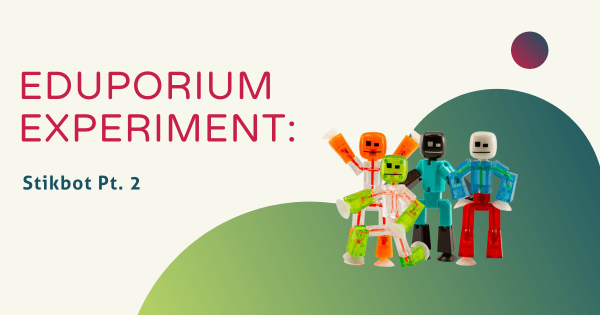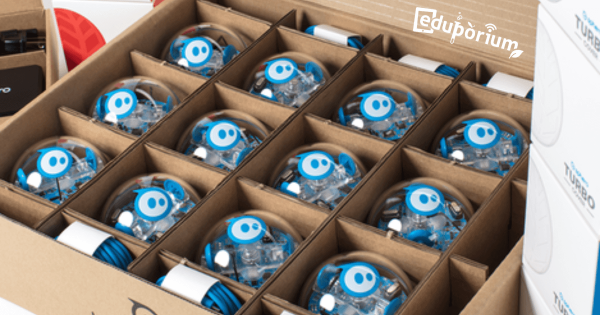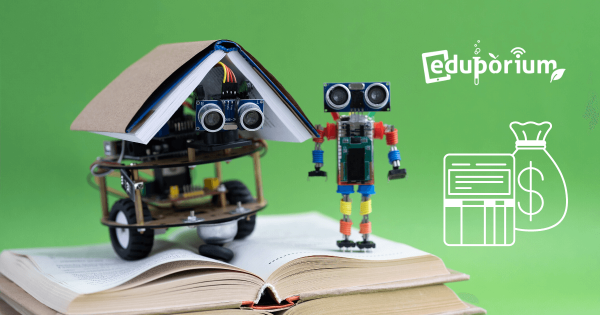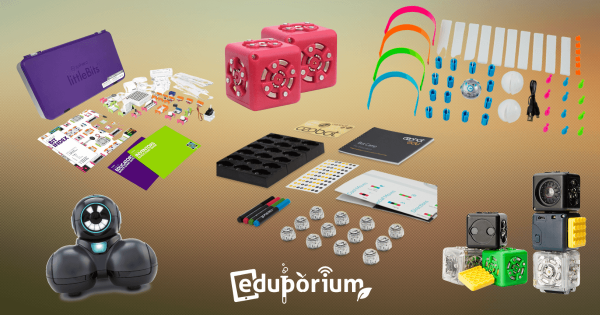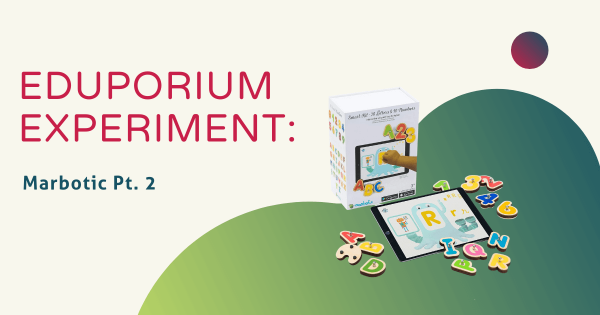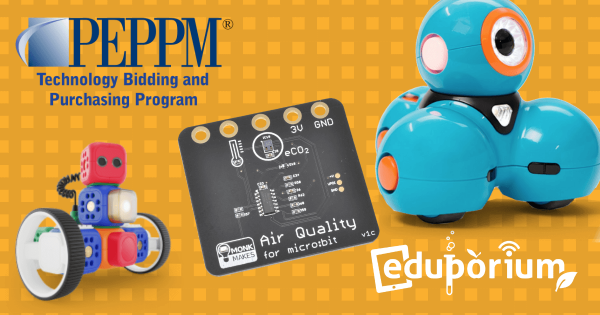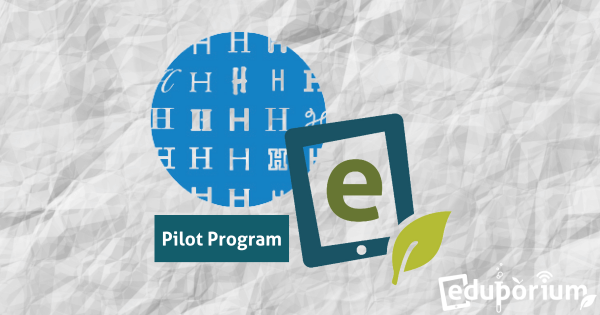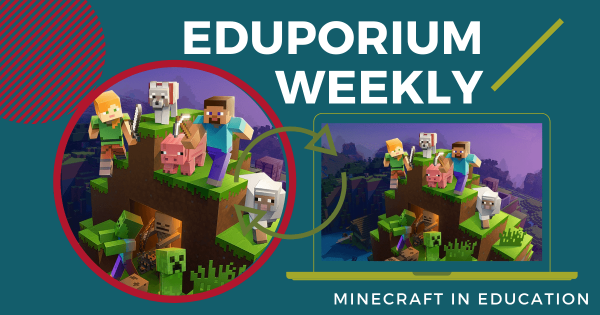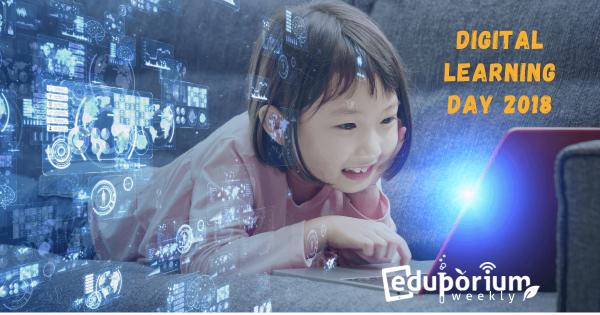While not necessarily brand new, wearable technology is demonstrating it can play a viable role in creating or enriching 21st century learning experiences for students. Whether it’s virtual reality headsets or other tech tools, it’s no longer unheard of to use wearables in education. Read on to learn more about some of the most popular ones.
EdTech
Educational technology has, of course, completely transformed how today's K-12 students learn. From basic 3D printers and virtual reality systems to simple coding robots and screen-free building tools, countless numbers of educators have been able to affect education for the better and help children develop transferrable skills for the real world. Since EdTech now covers so many areas, however, there often remains a lot for teachers to learn about and explore. Not every technology tool will impact your students in the same ways, nor will they enhance every single lesson. It's more about finding the right solutions for the right situations and building high-quality instruction from there. In this section, we cover everything from specific classroom STEM kits to insights on integrating EdTech tools in teaching. And, we'll continue adding new resources with thoughts on the many branches of the EdTech tree.
EdTech resources are constantly impacting student development and redefining how educators can engage them. Besides those hands-on technologies, digital tools and platforms also play a huge role in learning. From coding or artificial intelligence to social-emotional learning, the instant availability of EdTech resources generates many revolutionary opportunities all throughout the world of K-12 and higher education. When it comes down to it, however, equitable access to technology can be a complete game changer. With these opportunities, students can build the hard and soft skills to navigate our increasingly complex world. And, no matter how complex or simplistic EdTech activities are, they can help catalyze that development. We encourage you to browse the content below and reach out to our team with any questions.
-
Eduporium Experiment | Stikbot Pt. 2
In this week’s Eduporium Experiment, we are taking a deeper look at Stikbot and its potential to enrich hands-on education in the early grades. Besides being an entertaining, posable toy that allows kids to use stop motion animation anywhere, it’s also a great way for them to learn to work in small groups, problem solve, and more. -
Sphero Bots Are Cheaper by the Dozen (Or Half Dozen)
Sphero is already incredibly easy to integrate in the classroom and super simple for kids to learn coding. We don’t want the simplicity to stop with students, though, so we added Sphero’s Cheaper By the Dozen and Half Dozen kits on our store for teachers. Now, you can get more organized thanks to the included box (12-pack), charging hubs, covers, -
5 Ways to Maximize your End-of-Year EdTech Budget
As teachers, however, we know you’re always thinking about what you can do to improve your classrooms and offer your students a more exciting and relevant learning experience in the fall. Naturally, our first suggestion is to add new EdTech and STEAM tools. But, we know that it’s tough for many teachers to work these kinds of things in. -
You Want Our Best Stuff? You've Got It
As the summer ends, you probably don’t need us to tell you all this but it is buying time for classroom teachers, STEM professionals, and many school technology directors. To help move this process along and make it as easy and affordable as possible for everybody, we have created a bit of our own EdTech glossary to help you find -
Eduporium Experiment | Marbotic Pt. 2
Essentially, the premise of Marbotic is providing preschool teachers with a technology tool that engages students, allows for physical interaction, introduces letters and numbers, and helps build their foundational tech skills. You can probably see why we’re such big fans of this system and how it allows for tactile learning at such a young age! -
Eduporium is Now On PEPPM Hardware and Software Contract
Eduporium, a one-stop STEM and Educational Technology solutions provider for teachers has been added to the PEPPM 2018 General Hardware and Software Catalog Contract. PEPPM is a national cooperative purchasing program that is dedicated to streamlining the process of EdTech procurement for educators. Learn more indside. -
Working With The Highlander Institute And Our Partners
Collaboratively created by the Eduporium and Highlander teams, the super unique program has allowed children within three Rhode Island elementary schools to use new STEAM tools in their classrooms. Those technologies? A lot of them were generously donated to these educators by our partners from Ozobot, Modular Robotics, Sphero, E-Blox, and Microbric. -
Eduporium Weekly | Minecraft as a Legitimate STEM Tool
We all know that kids today love technology. Whether it’s tablets, smartphones, laptops, or whatever else they play with, once they hit nine or 10 years old, they seem to be glued to some sort of device. A lot of these children are sitting in front of computers and bettering themselves at the same time. That’s right—they’re playing Minecraft. -
Eduporium Weekly | 5 Ways to Celebrate Digital Learning Day
Every February, the education community comes together for one day of future-focused learning. By celebrating Digital Learning Day, educators give their students the opportunity to experience learning that’s more geared toward the future and to try something new in the classroom. Best of all, there’s no wrong way to spend Digital Learning Day!




